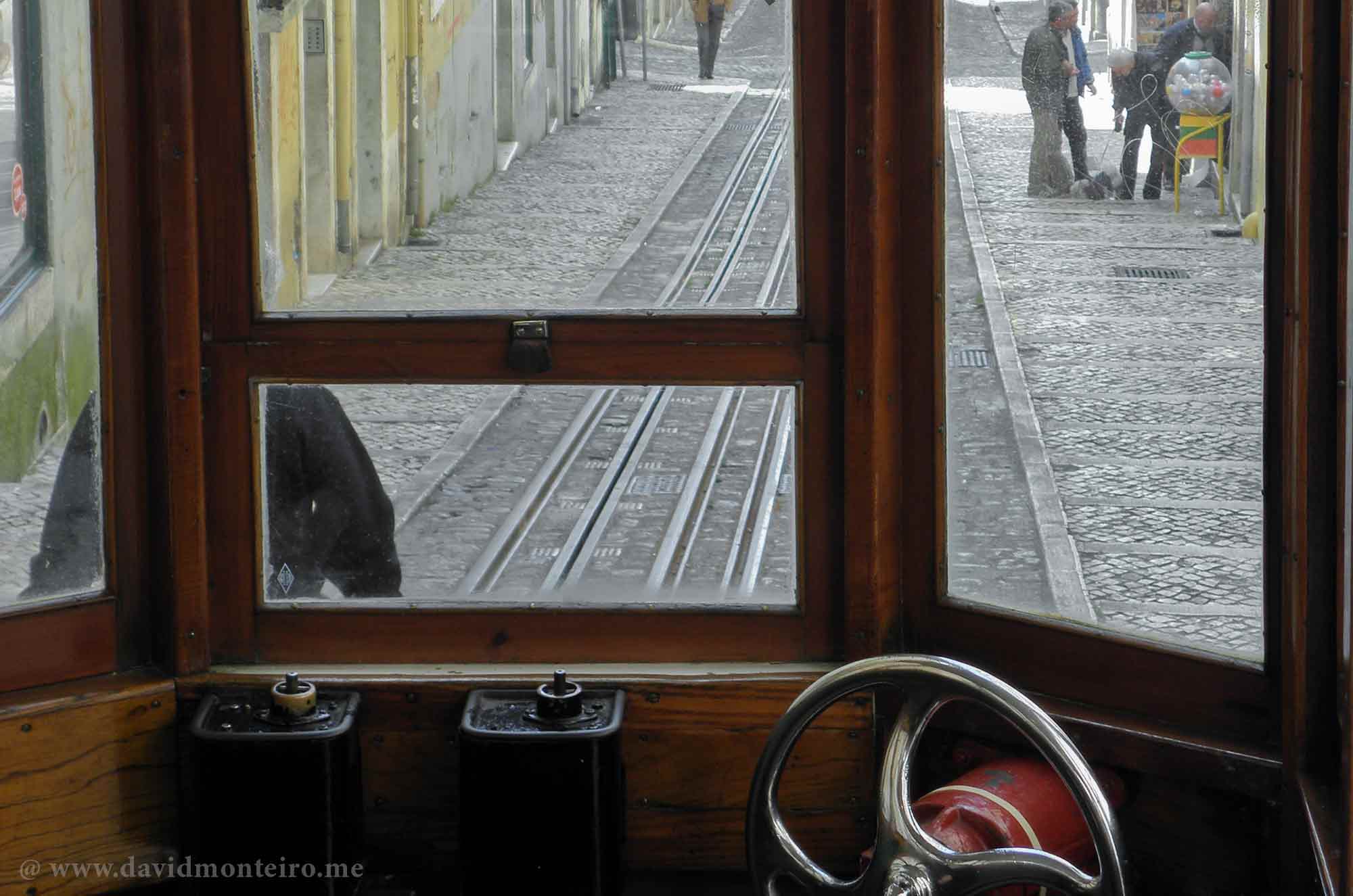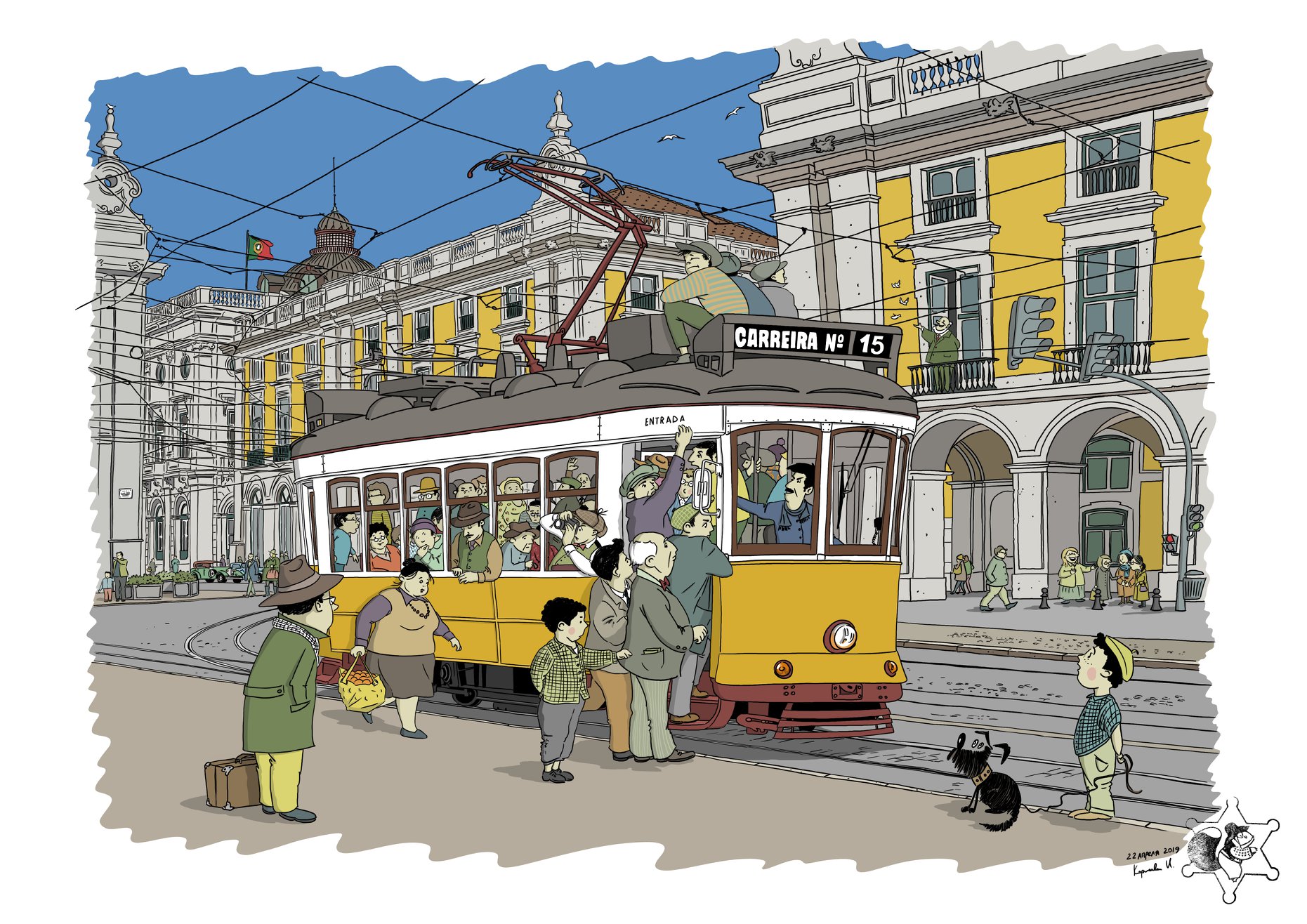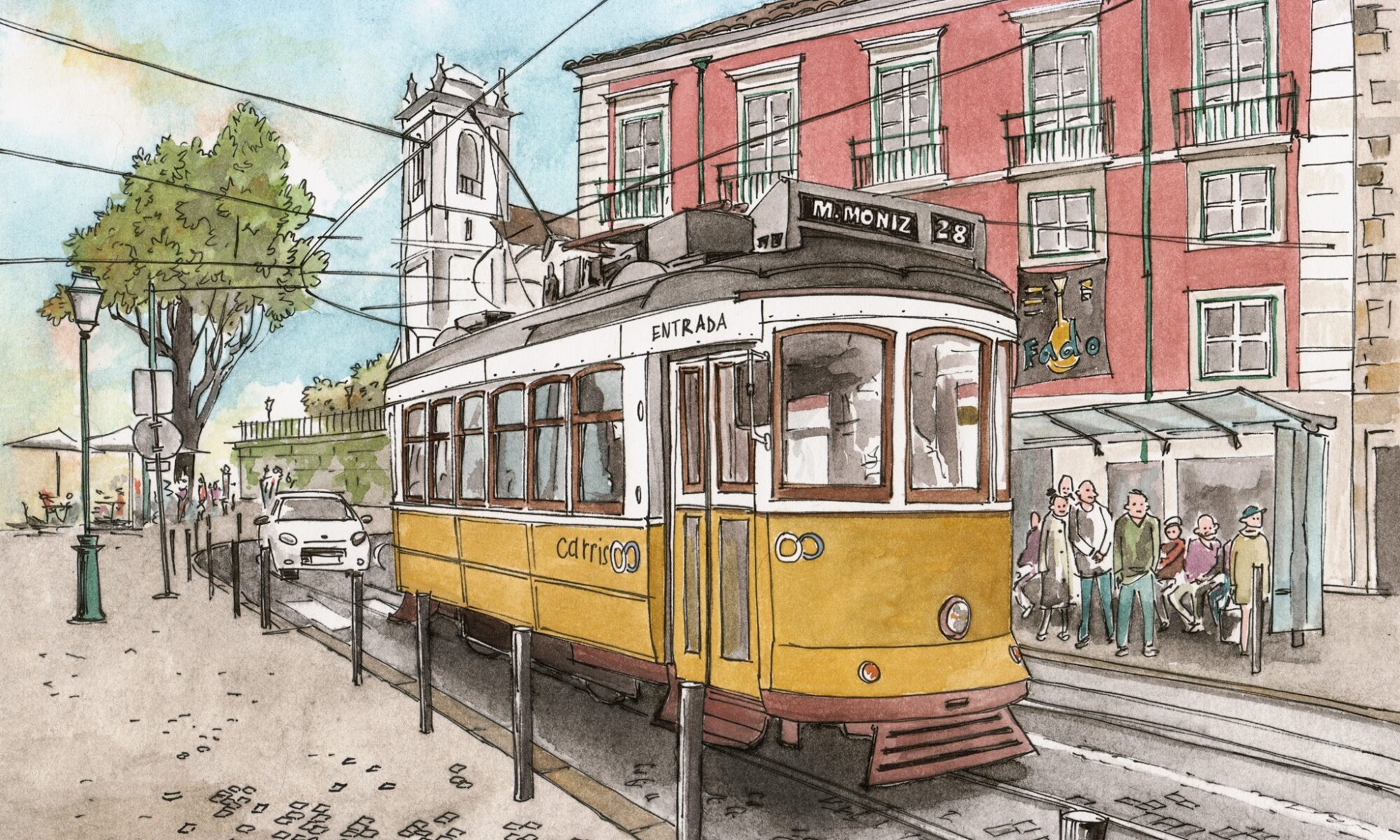Tram 28, Lisbon, Portugal
Tour operators, brochures, travel books, and other tourist information sources actively promote Tram 28 as the foremost choice among tourists in Lisbon.
This tram, also known as 28E, holds significance, especially for those waiting at bus stops.
- Let’s explore its history.
- Why it garners such extensive promotion warrants attention.
- Whether riding Tram 28 is truly worthwhile is a question worth exploring.
While there’s much to delve into regarding these topics, the finer details are best reserved for my guided tours.

Let’s delve into the history of trams in Lisbon, focusing mainly on Tram 28.
Let’s begin with the inception of Lisbon’s tramway system, which includes the rich history of Tram 28.
On August 31, 1901, the “Companhia de Carris de Ferro de Lisboa” launched the tram services in Lisbon.
Initially, sixteen vehicles traversed a route from Cais do Sodré square to Ribamar in the Algés area, tracing the banks of the River Tagus.
The introduction of trams wasn’t without controversy.
Critics voiced concerns over the perceived breakneck speed of these trams, which could reach up to 12 km/h (7.5 mi/h), a significant pace for the time.
They also decried the trams as perilous to pedestrians and sources of infernal and unhealthy noise.
While such arguments may seem quaint today, they resonated in an era accustomed to animal-drawn carriages.
Despite the initial skepticism, trams swiftly ingrained themselves into the fabric of Lisbon’s daily life.
And the Tram 28 was born
In 1906, the first segment of the iconic Tram 28 route was established.
Over subsequent decades, the route gradually expanded, culminating in its present form, stretching from Campo de Ourique to Martim Moniz, bridging two bustling Lisbon districts by the 1930s.
However, starting from the 1960s, as buses proliferated, the popularity of trams waned.
By the end of that decade, discussions arose about removing trams from circulation entirely.
In the early 1970s, many tracks were already dismantled from public roads, and numerous routes were suspended.
However, the tide turned in 1974 with the aftermath of the Carnation Revolution, which halted many of the country’s structural investments, including plans for expanding the bus fleet in Lisbon.
Decline
Despite this, the city’s population grew, creating a pressing need for more public transportation.
With no available investment for new solutions, the revival of some old trams became imperative, once again rendering them invaluable to society.
In any case, shortly thereafter, the surge in the number of cars in Lisbon, coupled with the acceleration of daily life, and the inherent limitation of trams to increase their speed, compounded by their confinement to rails, led to their gradual decline.
Even now, contemporary trams akin to those found in major European cities have been introduced into circulation.
However, they are limited in number and primarily operate on longer routes, such as the one between Praça da Figueira and Algés.
Why it garners such extensive promotion warrants attention.
Understanding Lisbon makes it clear why this route garners immense popularity.
It winds through picturesque Lisbon districts, characterized by narrow, winding streets, where trams glide slowly along aged steel rails, offering a glimpse of Lisbon’s traditional landscape.
Whether riding Tram 28 is truly worthwhile is a question worth exploring.
The renowned Portuguese poet Fernando Pessoa once remarked, “everything is worthwhile if the soul is not small.”
Whether taking Tram 28 is worth it for you remains subjective, but I can outline some of the trip’s advantages and drawbacks.
Pros:
– Trams like the iconic 28 are emblematic of Lisbon’s charm and character.
– Tram 28 follows a picturesque and informative route, offering a glimpse into the heart of Lisbon.
– Riding these vintage trams can be a delightful experience.
Cons:
– Long queues often form for these trams, potentially consuming significant time, a precious commodity, especially if you have limited days in Lisbon.
– Due to its popularity, Tram 28 can become crowded, detracting from the enjoyment of the ride.
– The bustling environment of Tram 28 can attract pickpockets, posing a risk to passengers’ belongings.

Inna Korneeva
Before concluding, I extend gratitude to artist Inna Korneeva for the illustrations accompanying this article.
Inna Korneeva, a Russian artist who resided in Portugal for a period, developed a deep affection for our country and culture.
The featured illustration depicts Tram 28, while the one directly above showcases Route 15.
Route 15 closely resembles the inaugural tram route established in Lisbon in 1901.
The illustrations, perfectly suited for this article, pay homage to the trams, capturing their essence in the artist’s work.
For more of Inna Korneeva’s artwork, you can explore her portfolio here.
Embark on a journey to Lisbon and immerse yourself in the experience. Join me for a Private Day Tour.
Carpe diem,
David Monteiro

